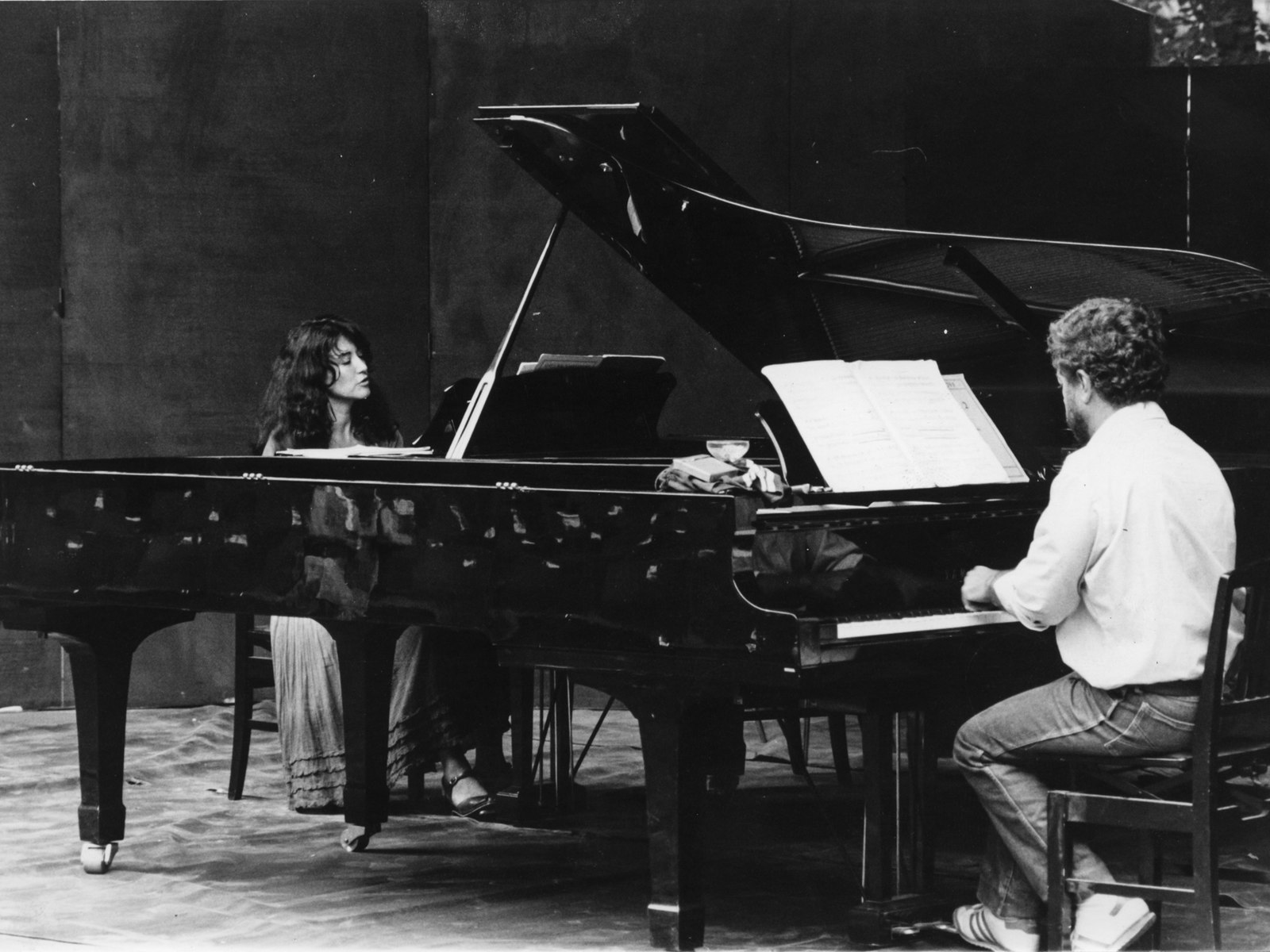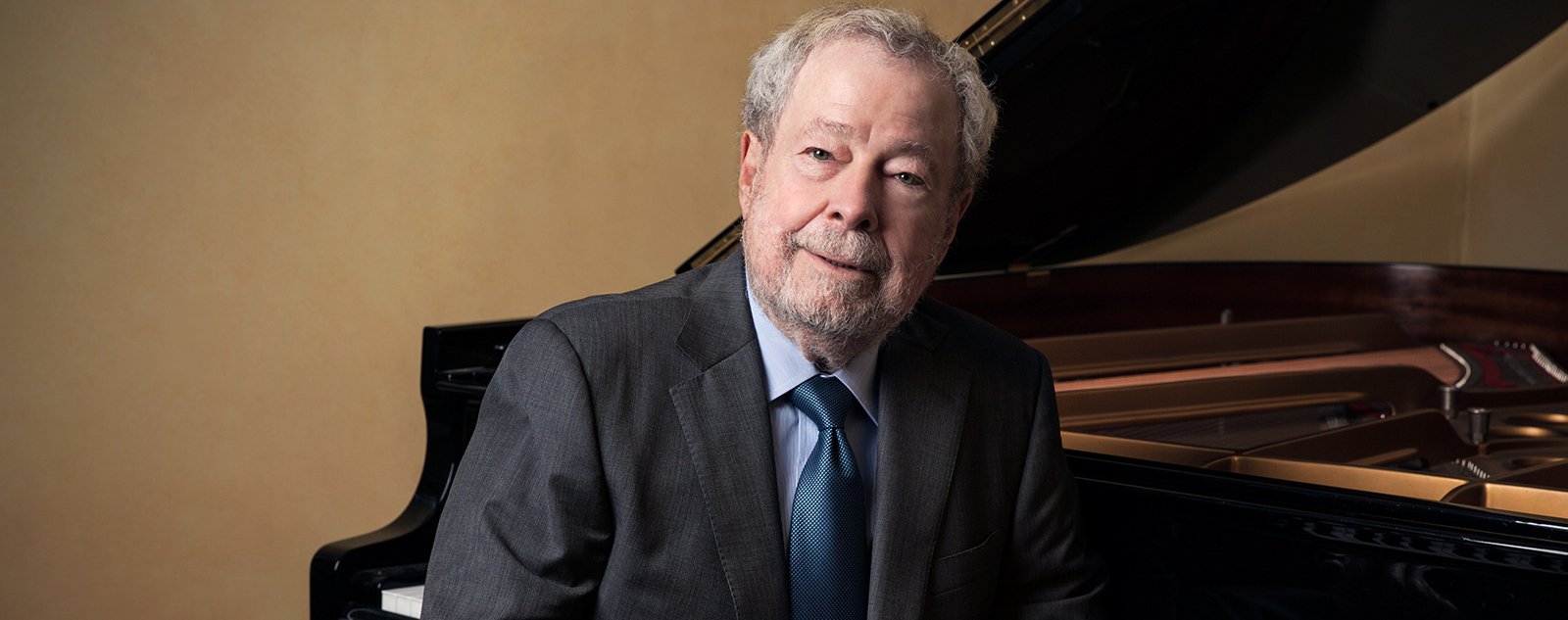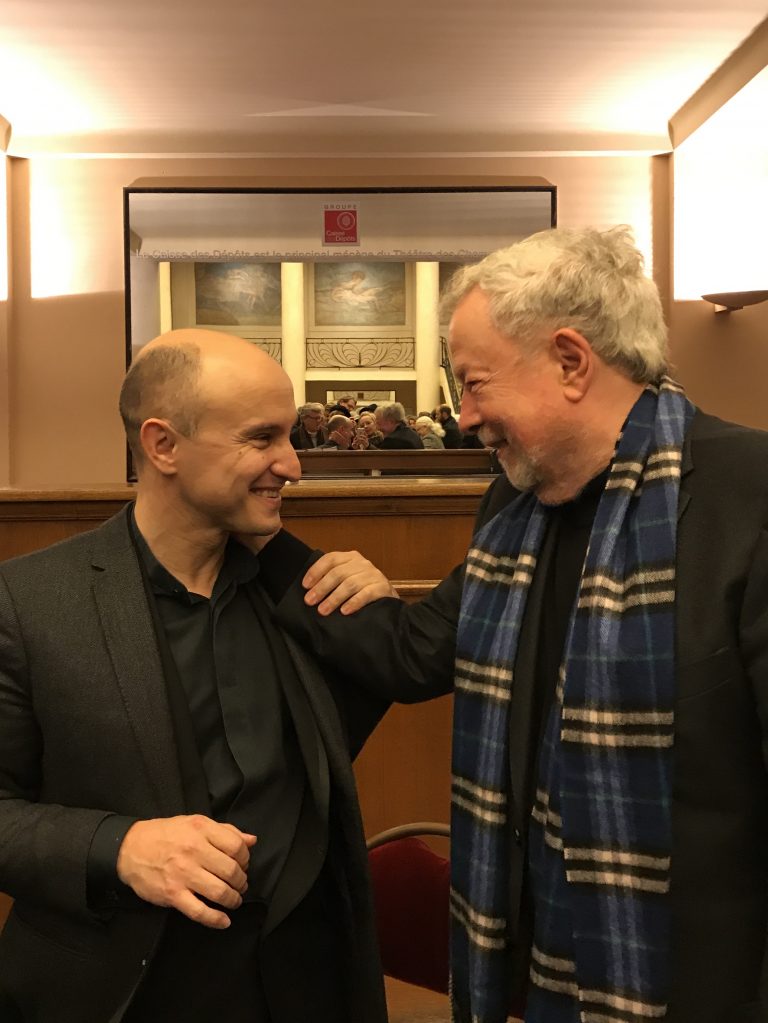Martha Argerich and Nelson Goerner pay tribute to Nelson Freire
The last time I heard Martha Argerich in recital was at the Salzburg Festival in summer 2017. The Maestra Prima Assoluta was then accompanied by her compatriot and fellow virtuoso, Daniel Barenboim. Barely a year apart in age, the mood that evening was plangent and controlled in comparison with the evening under review. Although Barenboim and she are roughly the same age they had not paired up either in recital or in the studio until recently. A couple of recent recordings on DG include Mozart, Debussy, Schumann, Schubert and Stravinsky. Their public appearances are too numerous to mention.
Early on in Argerich’s recording career she made two discs: one in partnership with Nelson Freire himself and the other with her former husband Stephen Kovacevich.
The Freire disc was released by Phillips in 1982 and consisted of Rachmaninov’s Suite for two pianos number 2 opus 17, Ravel’s La Valse and Variations on a theme by Paganini by Lutoslawski. Recorded a year later and released this time by Decca is the other two piano album with her then husband, Stephen Bishop. The recital contained Bartok’s brilliant and showy Sonata for 2 pianos and percussion, Mozart’s Andante and five variations for piano duet and finally Debussy’s Suite for 2 pianos “En Blanc et Noir” (In Black and White). Over the next couple of decades, Argerich recorded in the studio several albums including music by Tchaikovsky, Rachmaninov and Prokofiev with pianists half her age. These included Nicolas Economou, Alexander Rabinovich and Sergei Babayan. However throughout her life she has kept close contact with her South American friend and colleague, Freire, her alter ego both on and off stage. She has kept by his side throughout the good and bad, in times of need and distress, through thick and thin.

When the distressing news of Freire’s death reached us in 2021, it came as a sudden shock. He had been suffering trauma after a fall in 2019. This eventually led to surgery on his upper right arm leaving him unable to play the piano. There was speculation that the long-time depressive died by his own hand. He was born in Brazil in 1944 and passed away just two weeks after reaching 77. Well known for his depth and virtuosity, he made many recordings throughout his life and appeared with top orchestras, conductors and soloists around the world. It is therefore significant that his long time musical and personal friend should pay homage to his musical genius in a series of In Memoriam concerts throughout the world.

In February of this year, Martha Argerich appeared with Sergei Babayan at the Wigmore Hall in a two piano recital containing Mozart’s Sonata K 448 and pieces by Prokofiev they have recorded earlier for DG.
After the recital at Paris’ Philharmonie on 30 March 2022, she and Nelson Goerner proceeded to Madrid with the same programme as under review.
A few words about Nelson Goerner. Approximately 50 years, he is Argentine born and therefore happens to be Argerich’s compatriot. He has always made it very clear that if it was not for her help in his early career, he would not have come this far. He is also at pains to say that it is not just because of her influence but also because of his own hard work and innate talent. It was when he was 16 that he first played for her on her first visit back to Argentina following her stellar victory at the 1965 Chopin competition. The fact remains that she chose him to work closely with in the latter part of her career, a singular distinction not offered to many. He shares with her a superior command of technique so that they can both rise to heights of interpretative ecstasy.

Instead of opening with the billed Mozart, the three movement Debussy pieces were free-flowing and episodic. A liquid diatonic descending scale in the first, splashes of bomb blasts depicting war in the second and the final playful piece dedicated to Stravinsky closed the first piece. Much criticised by the classicist Saint-Saëns, these three pieces refer of course to the white and black keys of the piano which illuminates the mixture of greys in an orchestral output of notes.
The Mozart Sonata for two pianos is the only one of its genre extant in Mozart’s works. The performance was a miracle of execution. The first movement taken at breakneck speed left me breathless with anticipation. The rapidity of semi-quavers was executed nimbly with scales and arpeggios never rushed or hurried. The second movement was a miracle of calmness and melodic opulence all within the classical restraints of musical pleasure and delight, a real Gemuetlichkeit. The swirling whirlwind rondo-finale was ideally mercurial and the coda was built up considerably leading inexorably to the conclusion of the first half. The audience were already cheering wildly.
Rachmaninov’s own arrangement of his Symphonic Dances for orchestra are not as alluring as his two Suites for two pianos. Given the rather thin material, these two artists made as good a case as is possible.
For some reason, the sound of both pianos played fortissimo for the first time I noticed sounding hard. Ensemble was perfect, quick response and reaction to every nuance a given. Yet there was something about the performance that was less than the sum of its parts. The two pianists were facing each other rather than side-by-side. Argerich on piano 1 for Debussy and piano 2 for the other two works. Two encores were offered: the second the Brasileira appropriately from Milhaud’s Scaramouche Suite.
All in all a fitting tribute to a remarkable artist and man from one of today’s living musical legends and icons.




